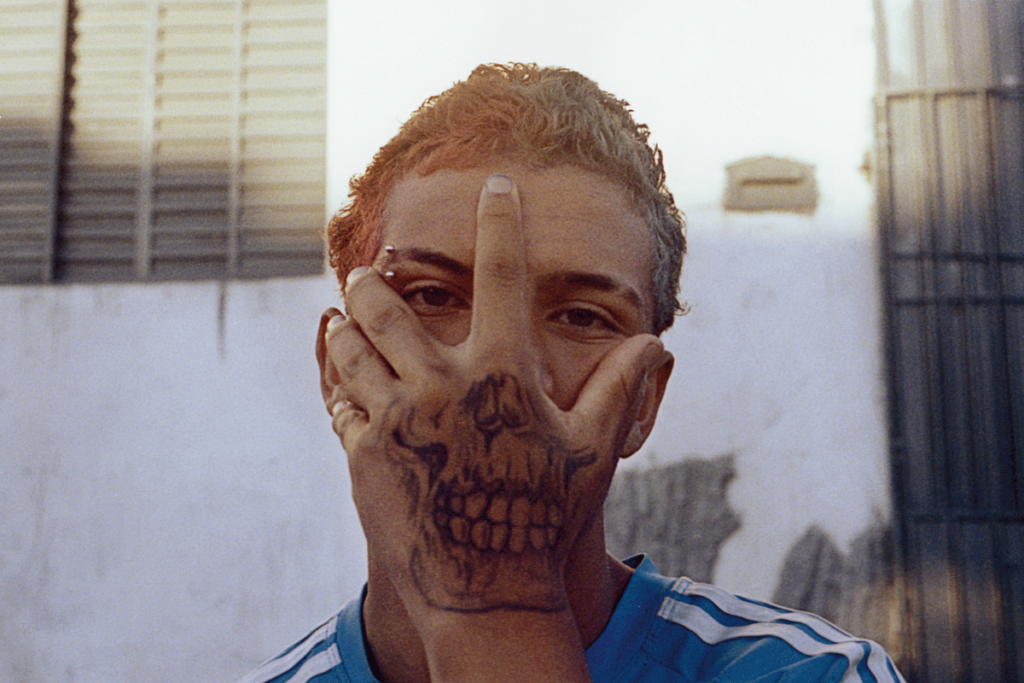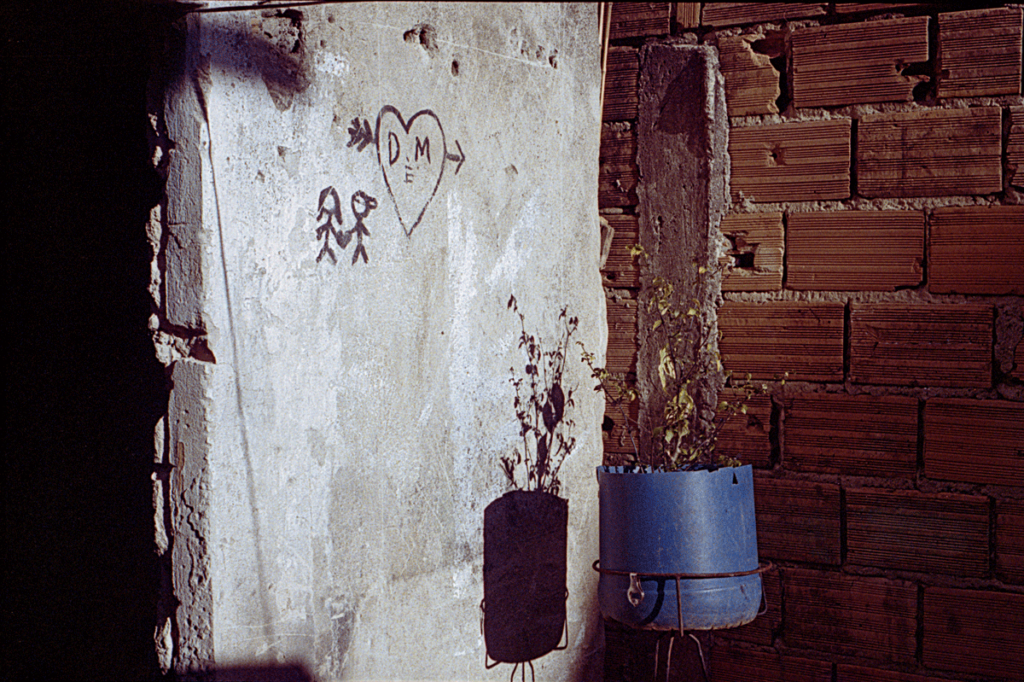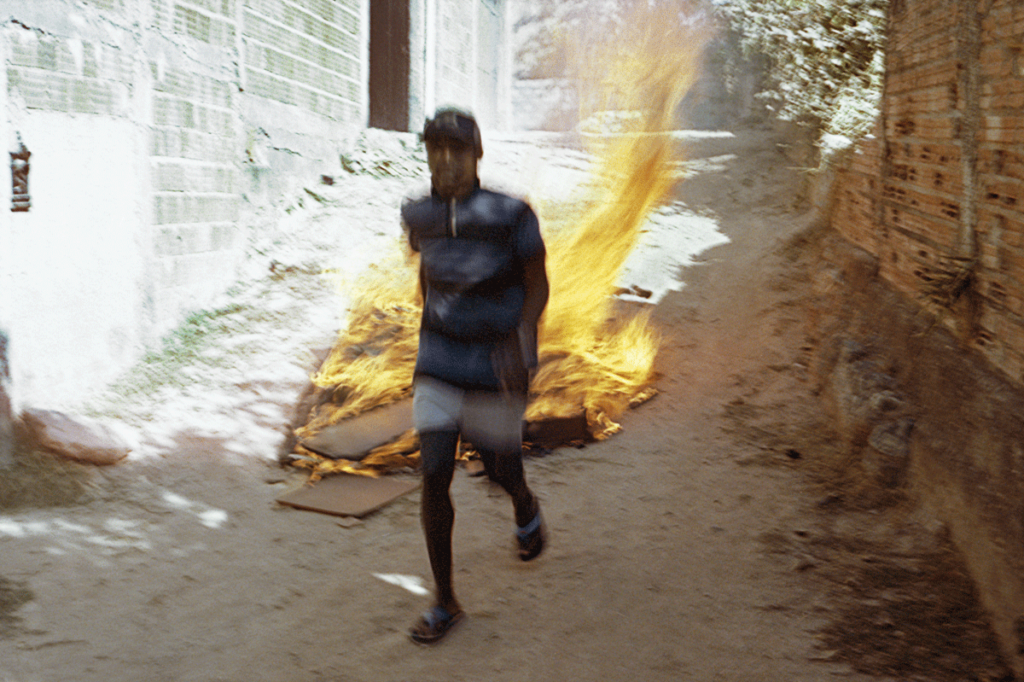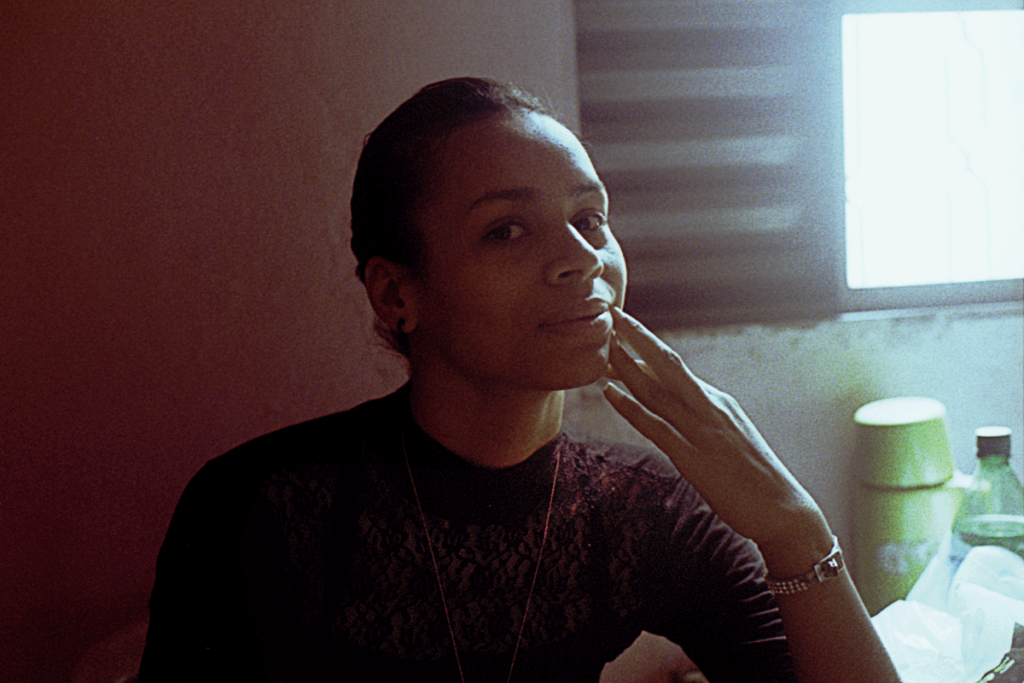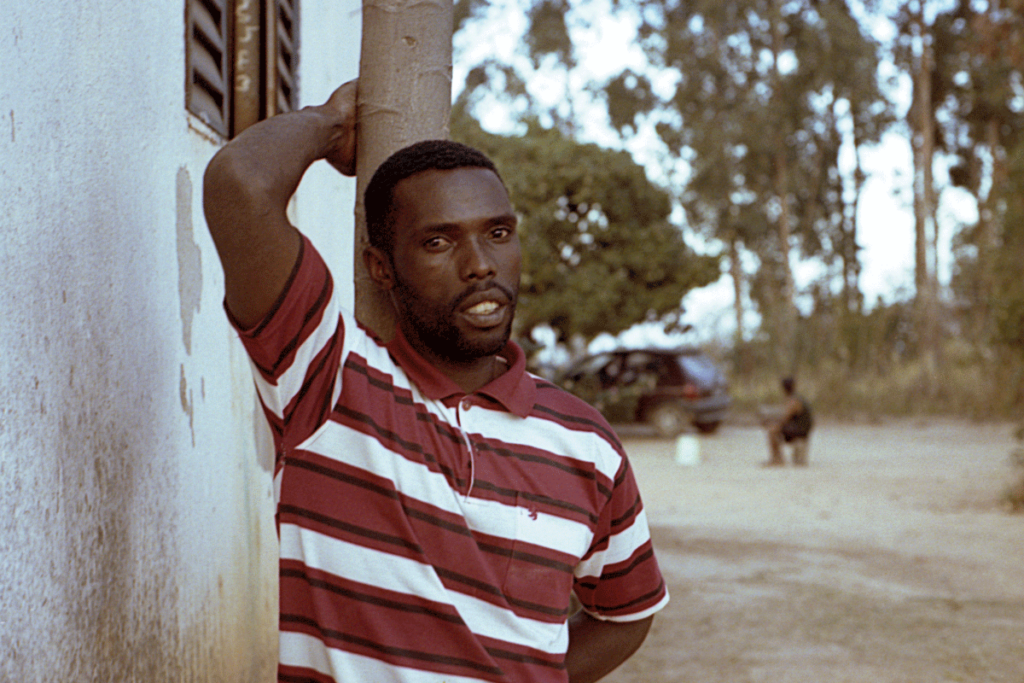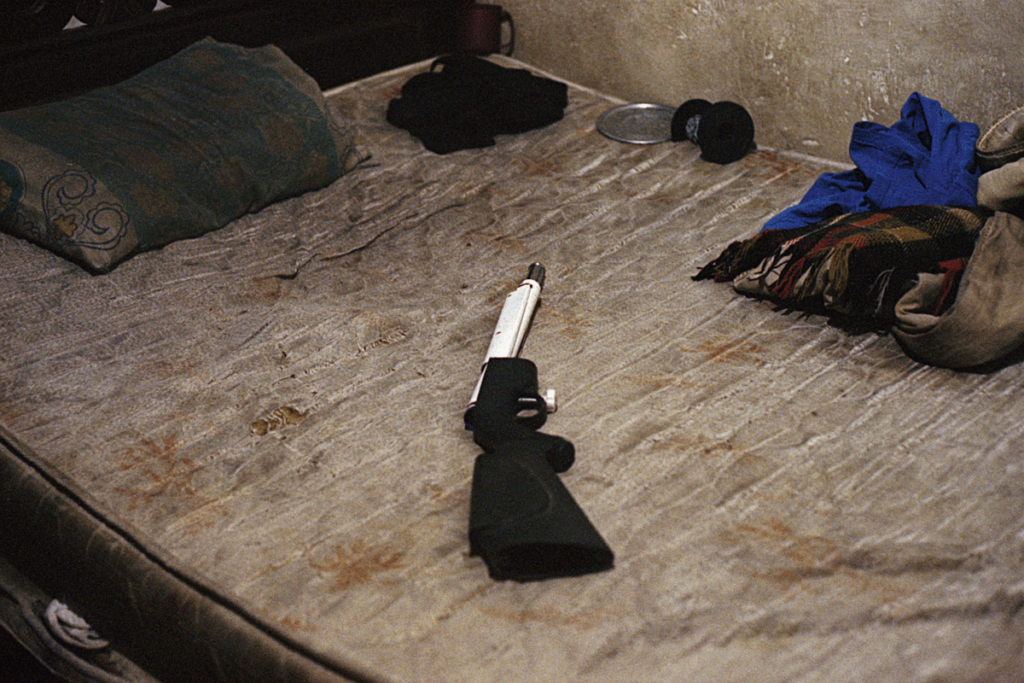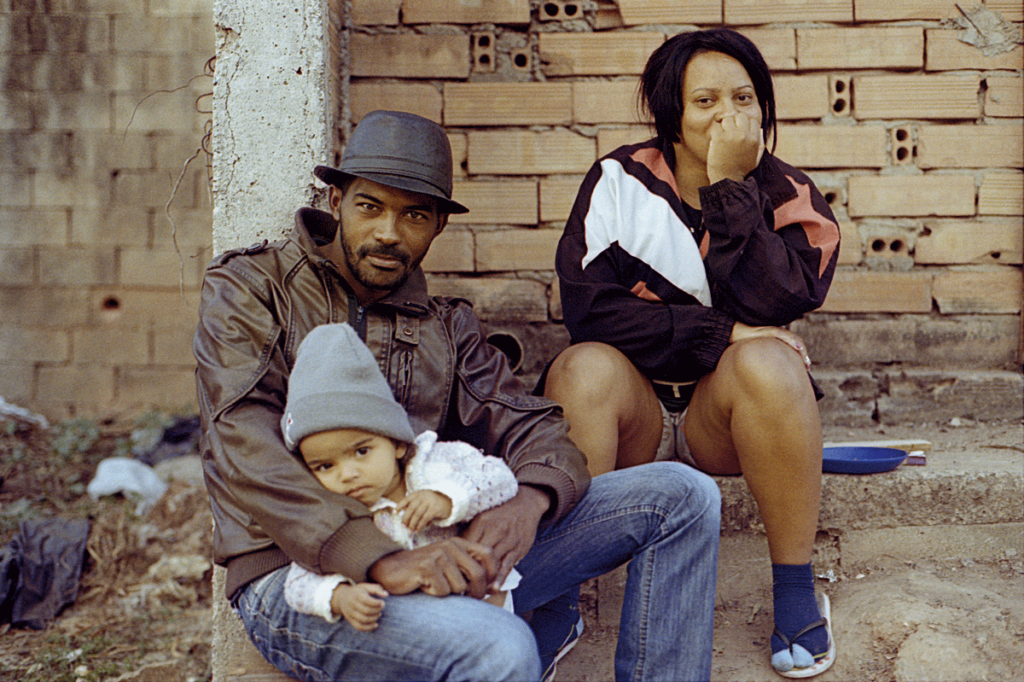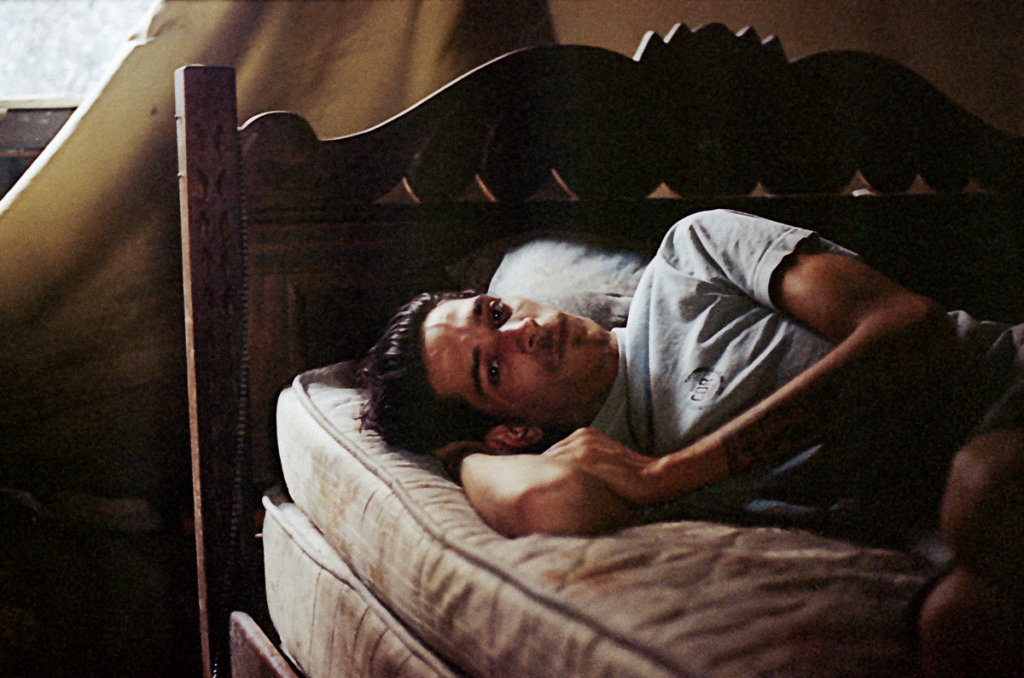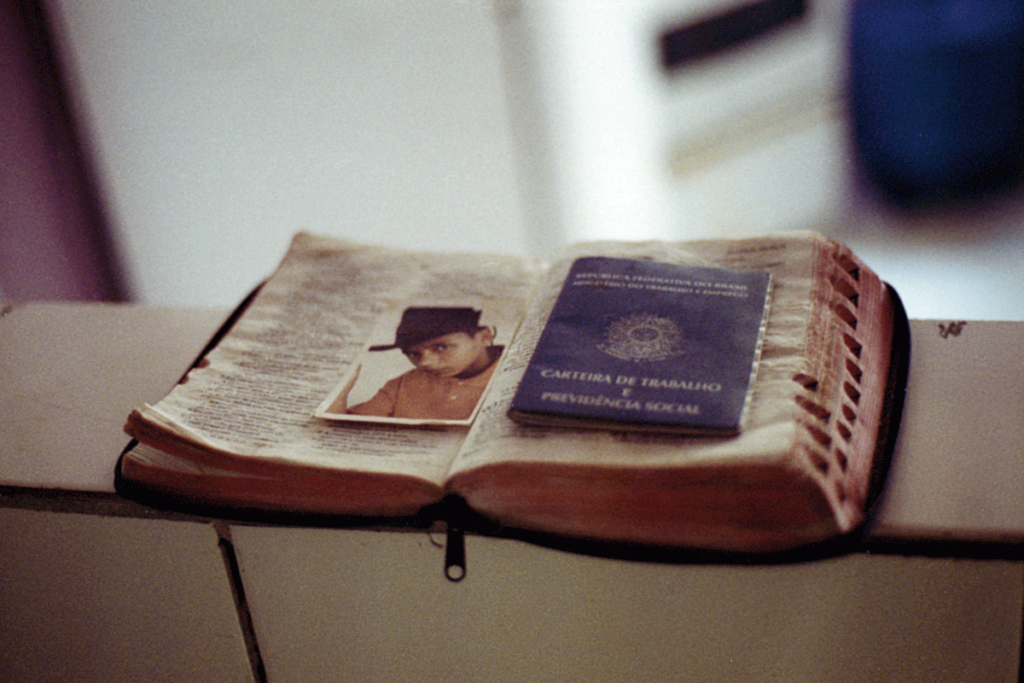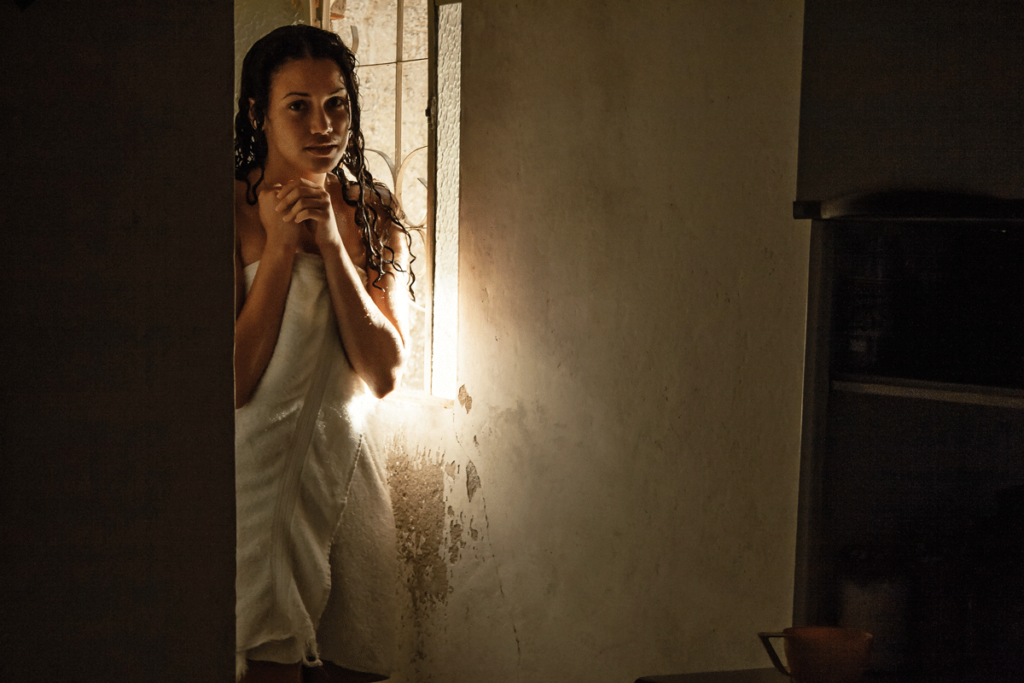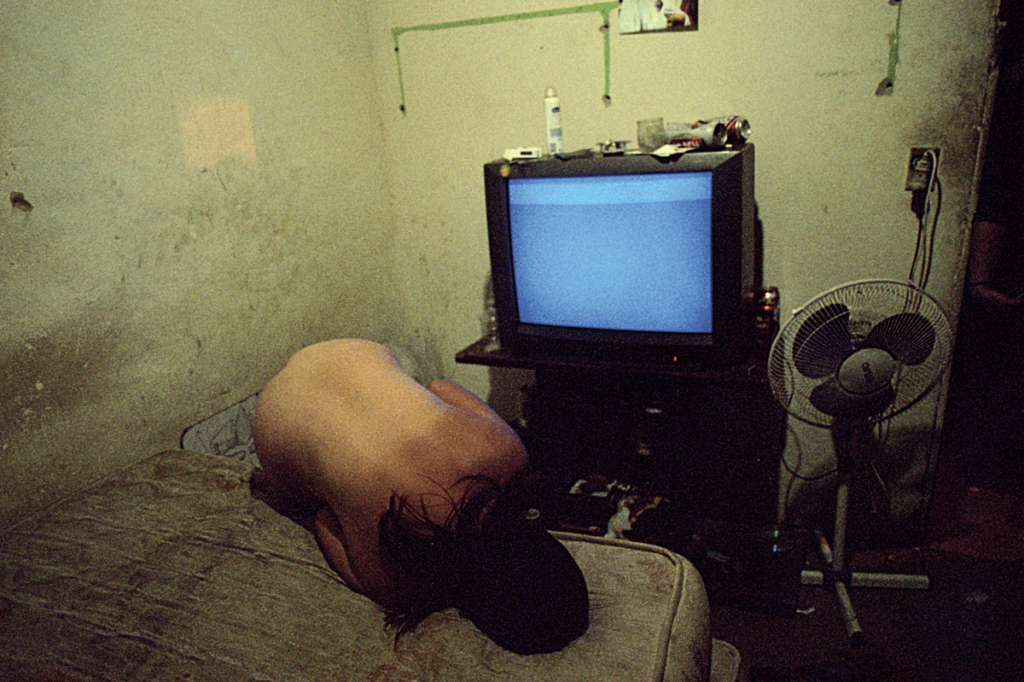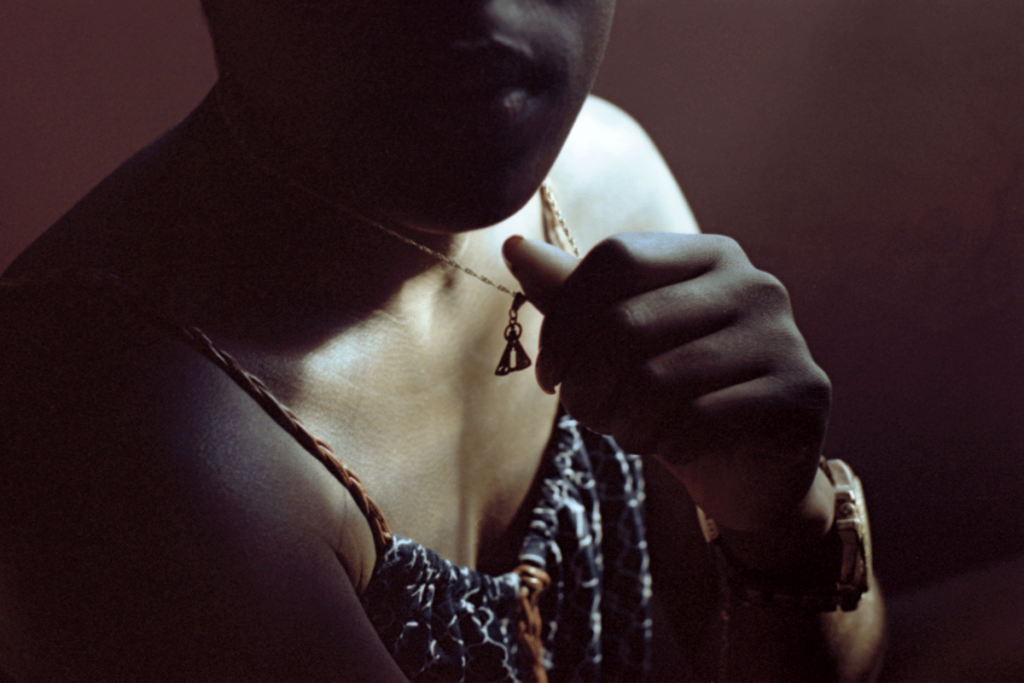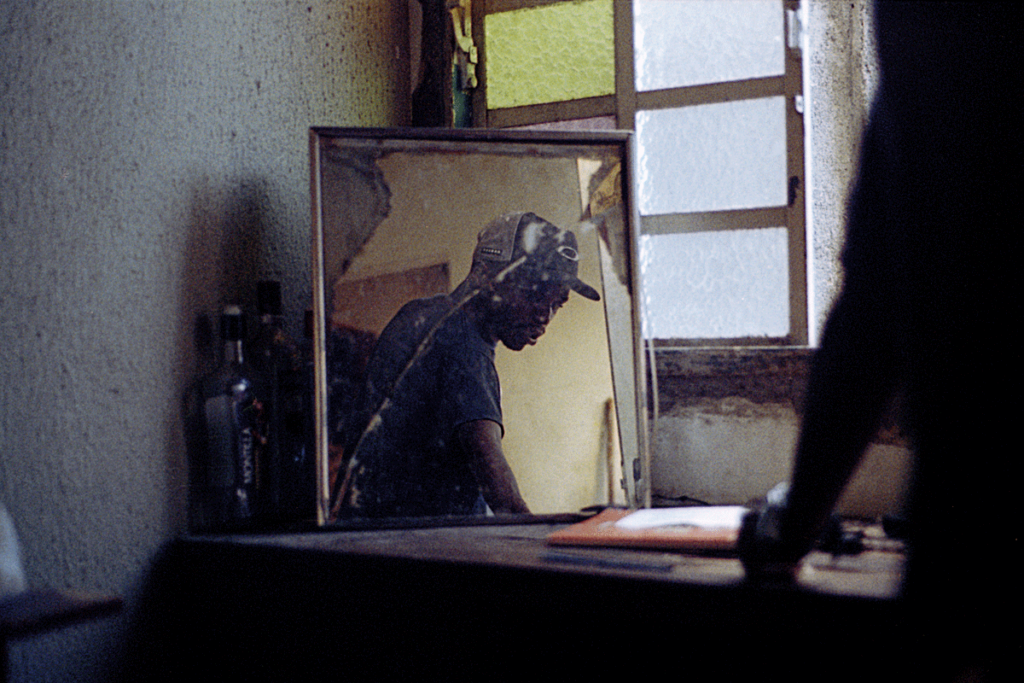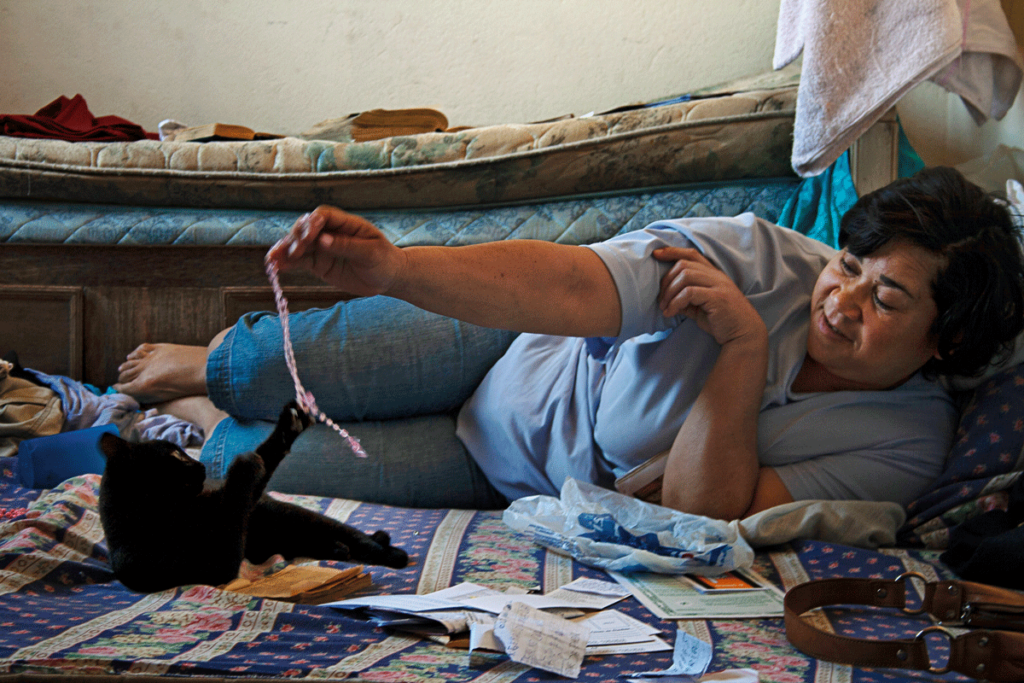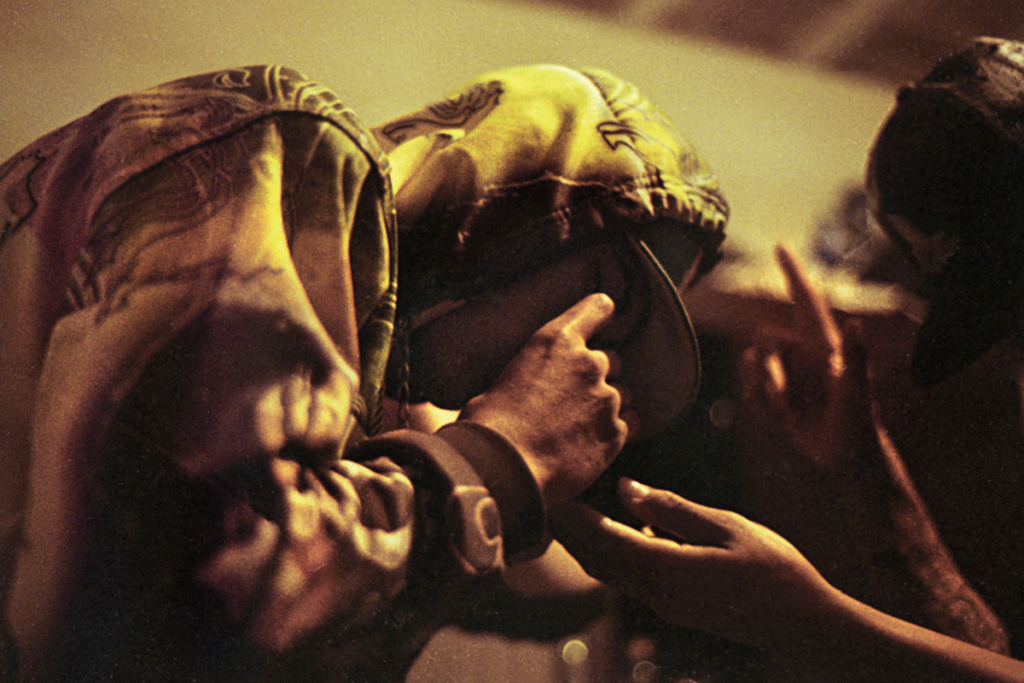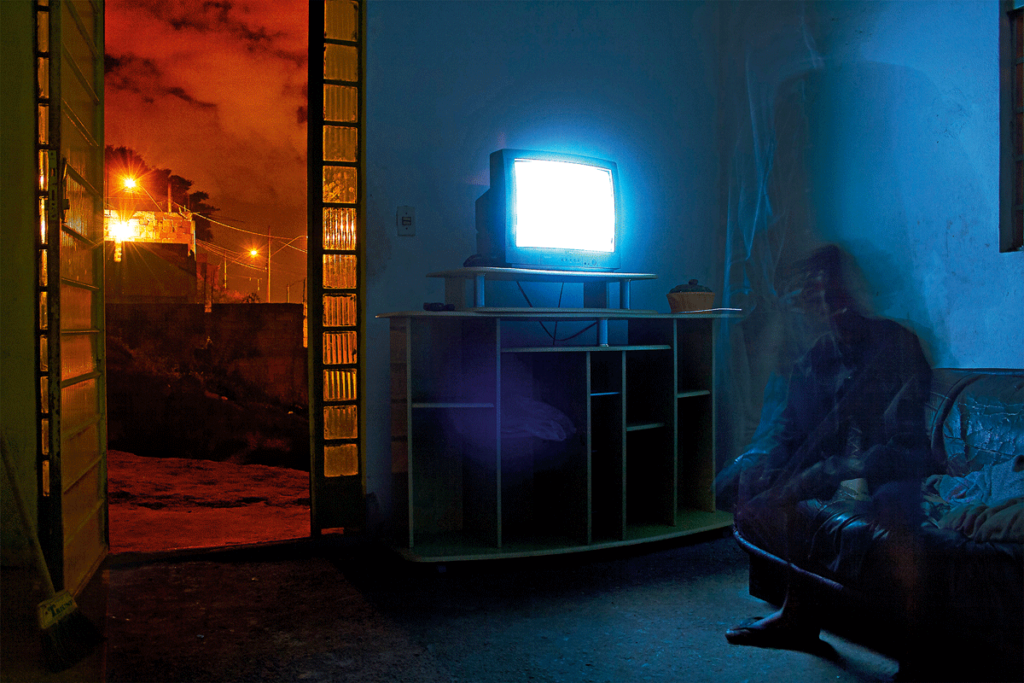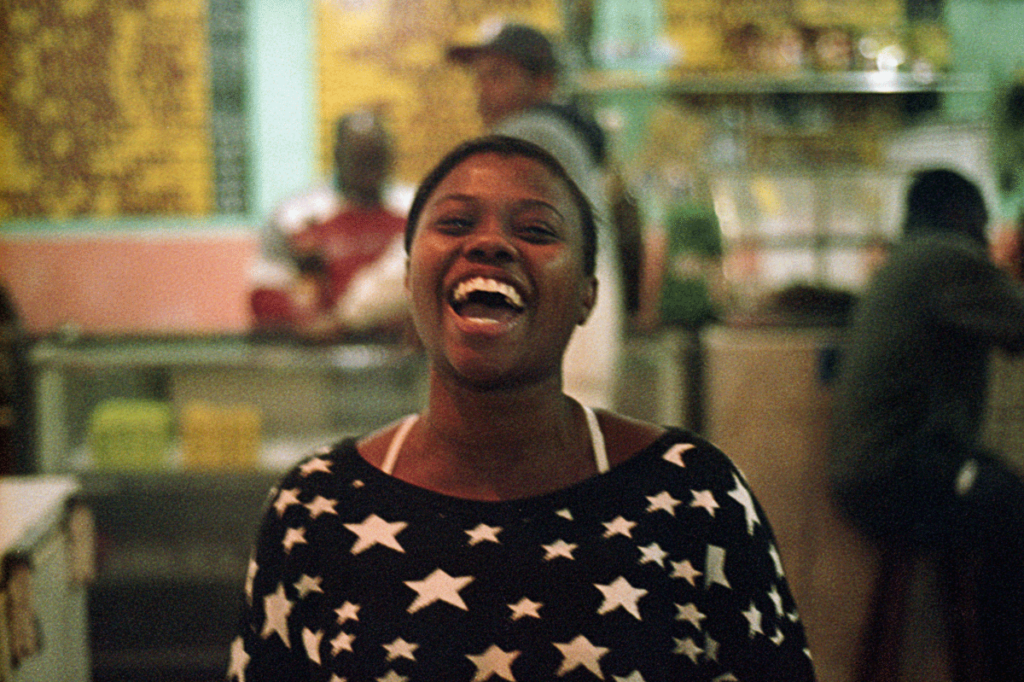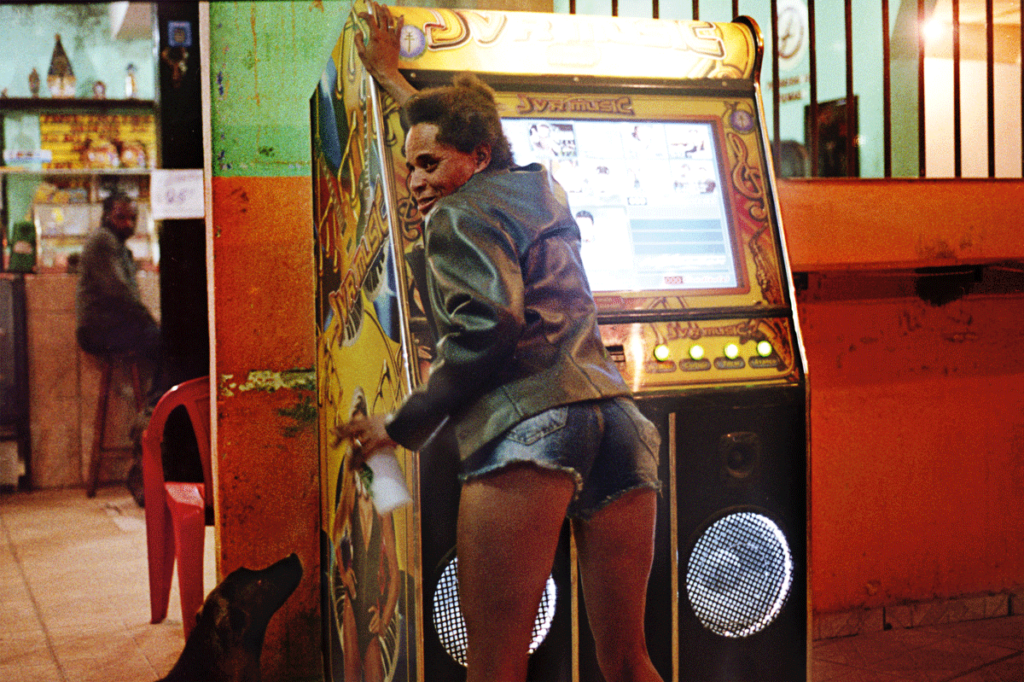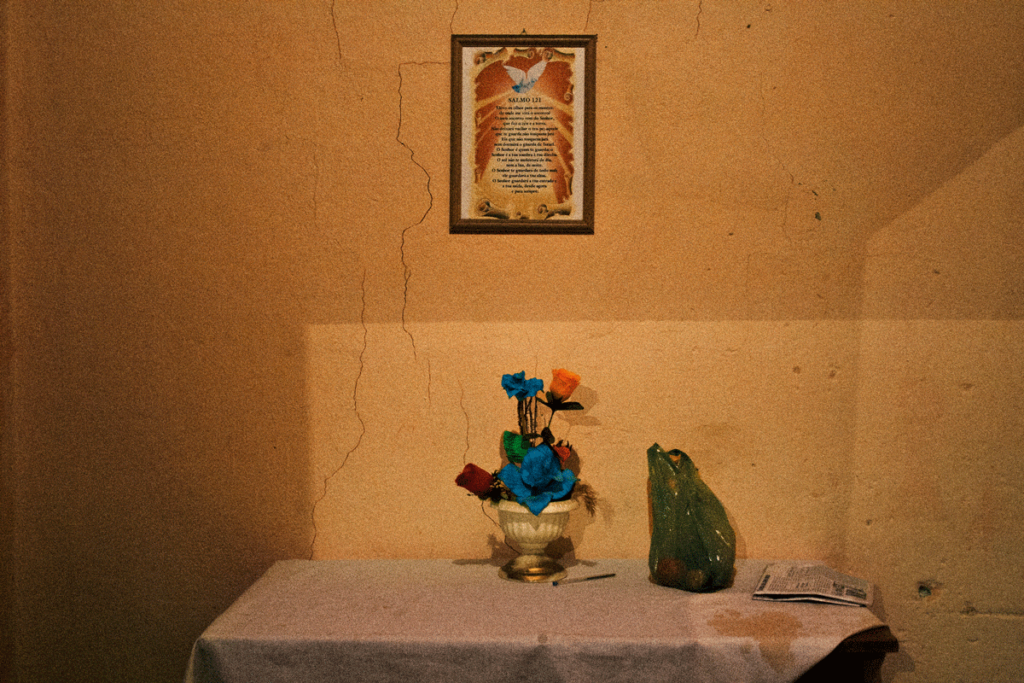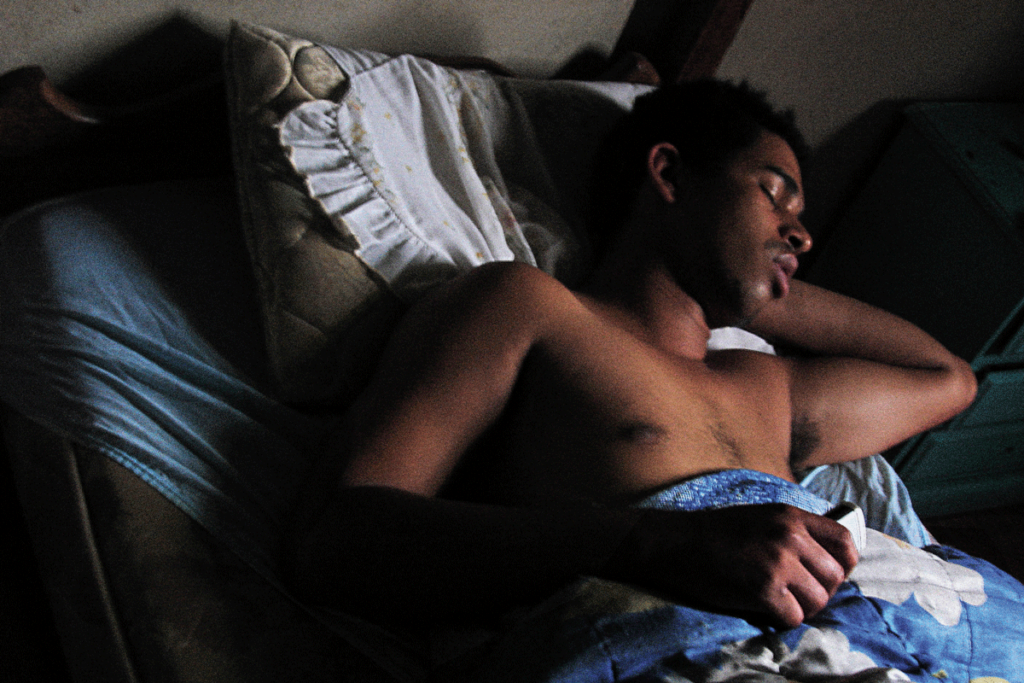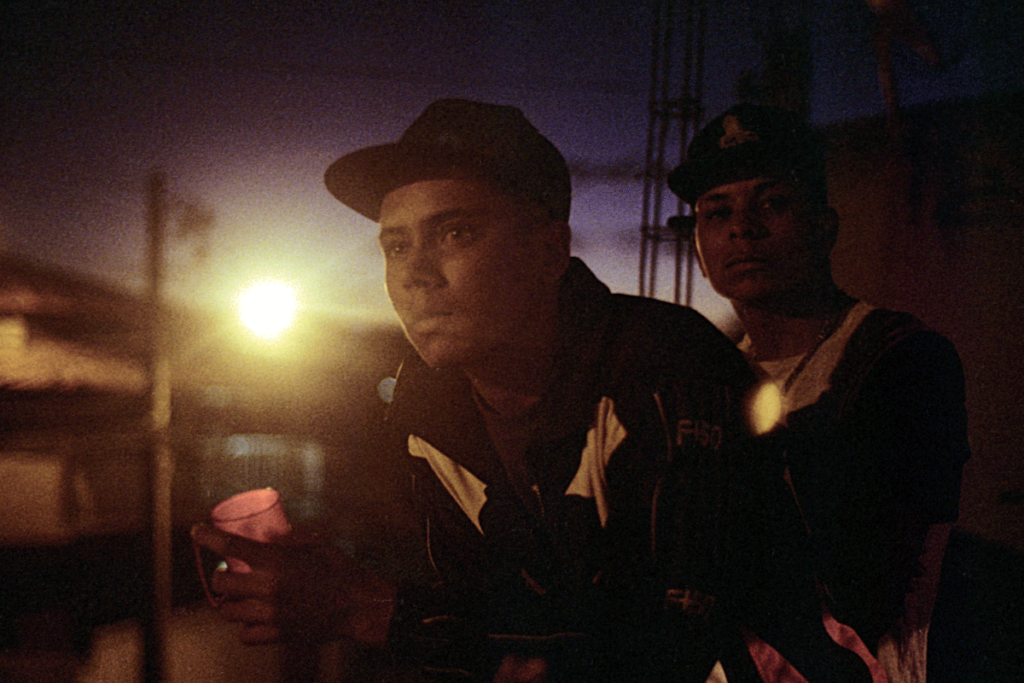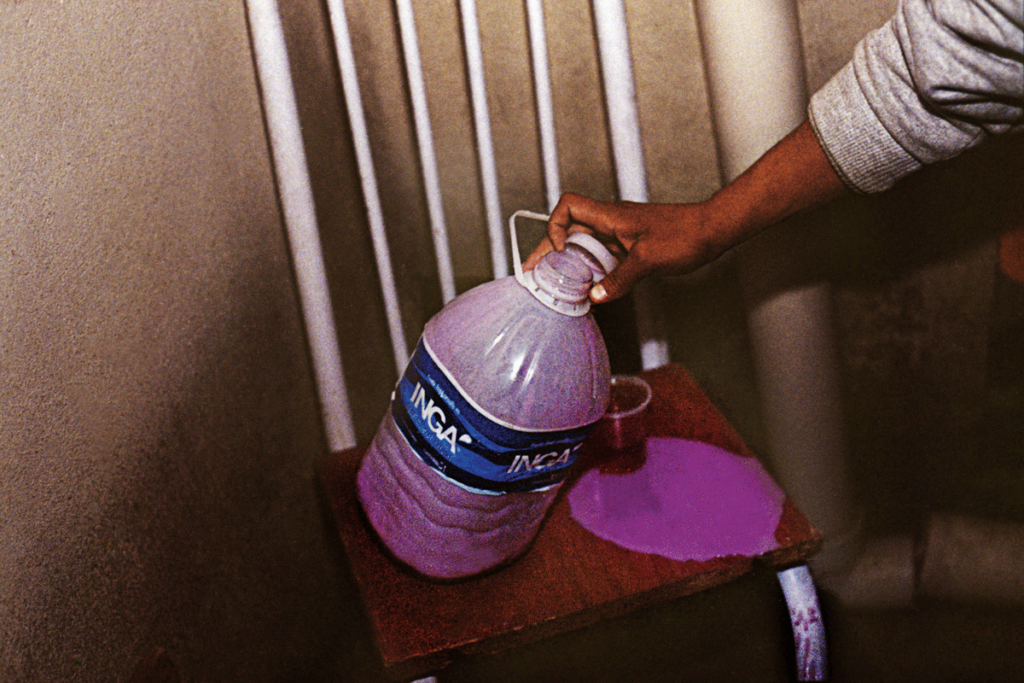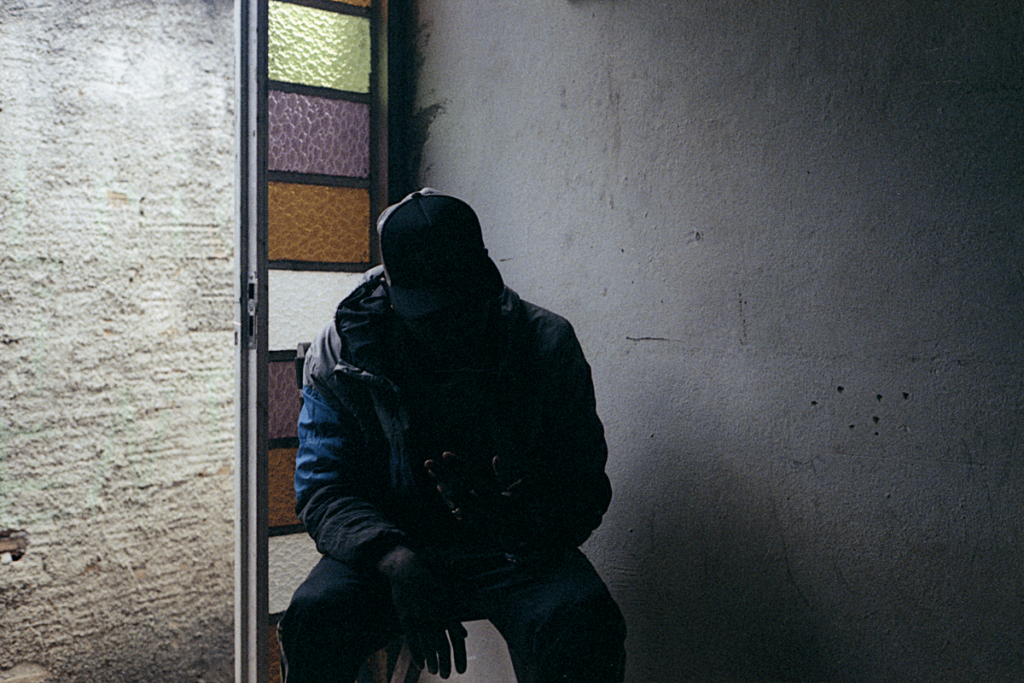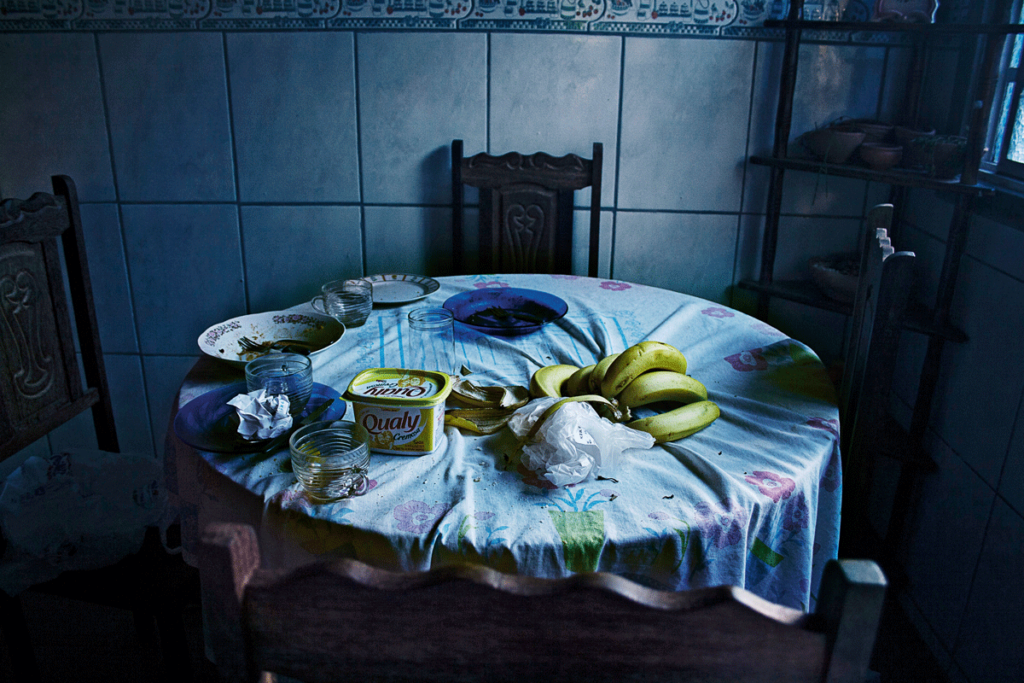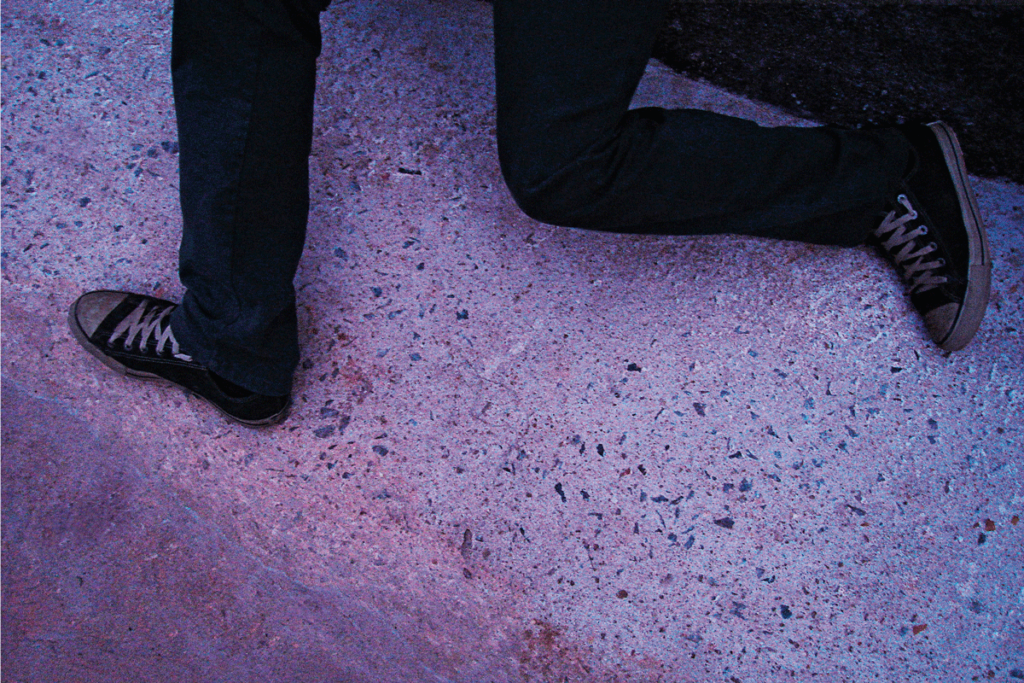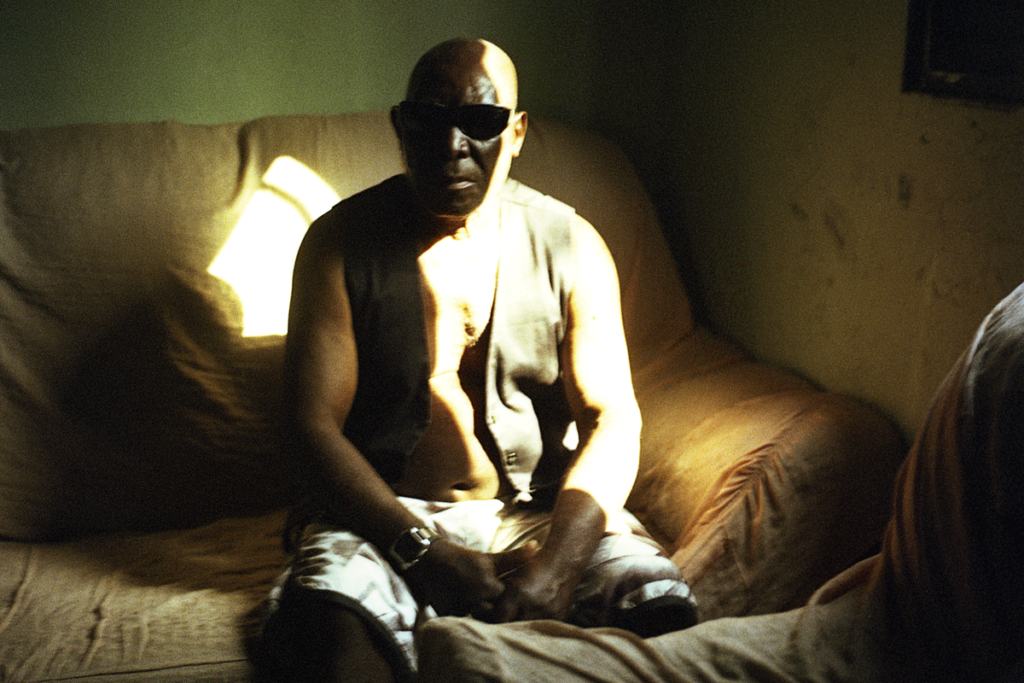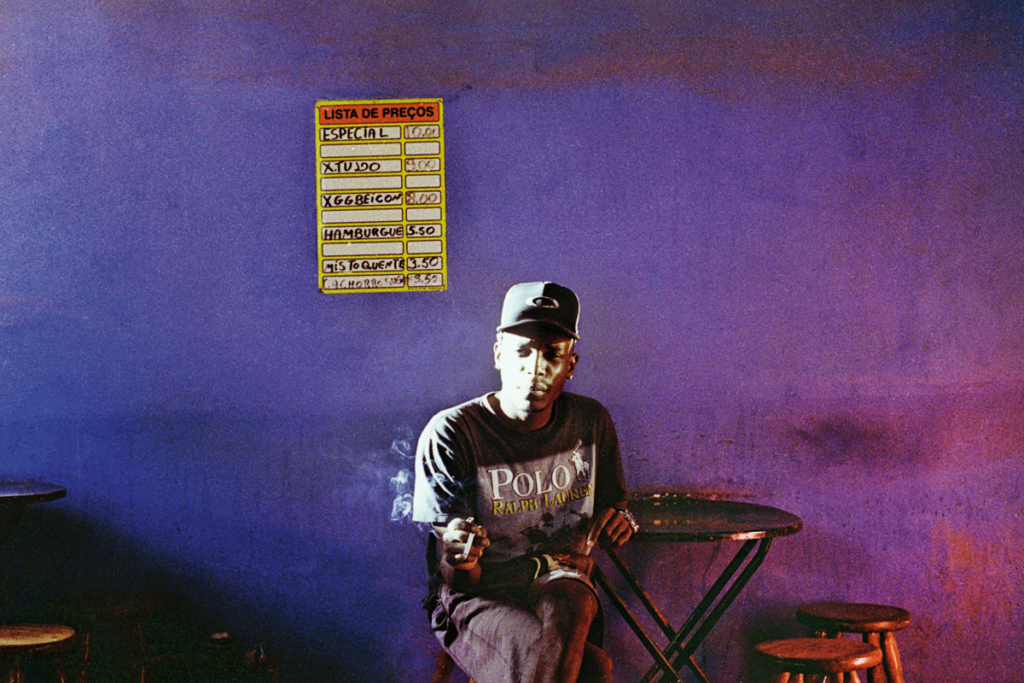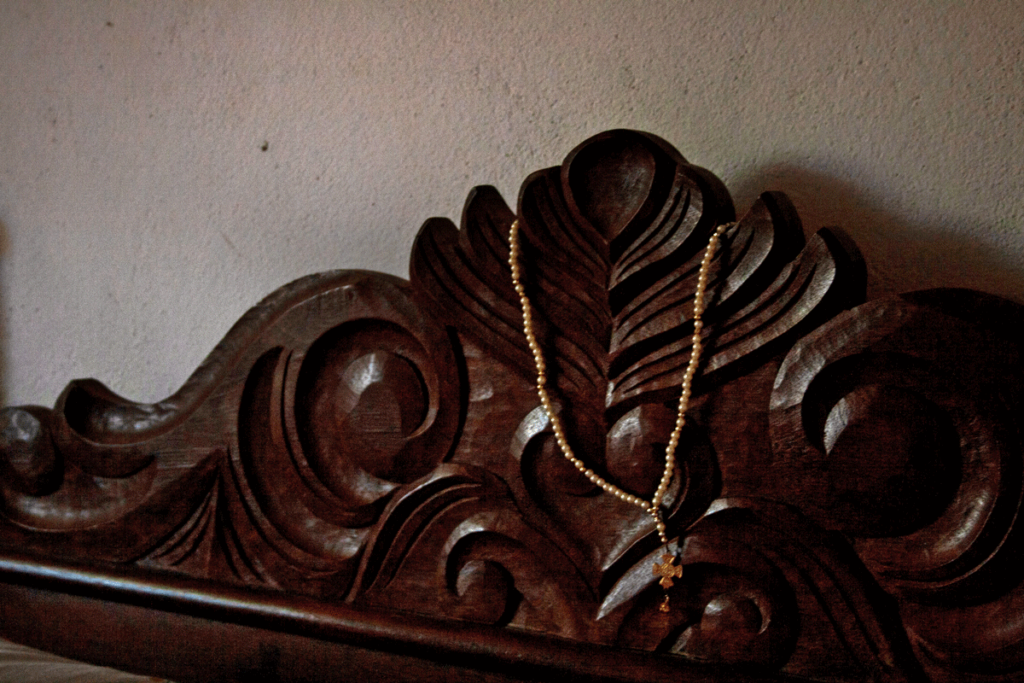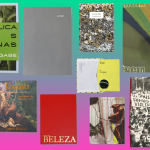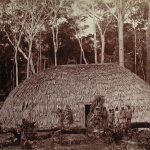Neighborhood blood
Publicado em: 21 de December de 2022When my Family moved to Contagem in 1973 it was a dormitory town, where we could afford the much dreamed-about house of our own. I lived there from the age of six to nineteen and then for a few more months now and then, before moving to São Paulo when I was 22. I remember the sacrifice my parents made for me to continue studying at my school in the Santa Efigênia neighborhood of Belo Horizonte, a more organized neighborhood and closer to downtown. I was in my first year of elementary school. It was September, when schools did not accept transfers and, although my grades were excellent, there was a minimum number of credit hours I had to complete.
My parents never considered the possibility of leaving me without studying, or having me fail the grade because of frequency. The solution was to take me to school every day. It was a long journey, more than an hour on run-down means of transportation that went from Contagem every fifty minutes, then a bus that took fifteen minutes to get from the center of Belo Horizonte to the school in the neighborhood. This was the first experience of what it would be like to live in Contagem.
The following year, I started in the second year at the school in the new neighborhood and after a few weeks I was transferred to a class which was repeating the second year as, according to the teacher, “I knew everything” and was making life difficult for her class. In the new group of students, everyone was older than me (they were over ten years old, while I was eight). However, there was a more striking difference from the first class: there were a lot of black kids, mostly girls, and all of them worked in the afternoon as domestic servants, sometimes in the houses of the school’s own teachers. If it was true that I knew everything taught in year two, wouldn’t it be logical to promote me to year three? No, that logic didn’t apply to a black girl, I understood years later. This was the second unforgettable milestone in life in the new city.
Outside school, the workers in the cement factories, non-unionized citizens and some politicians were demonstrating to demand that the factories installed filters. Every morning, the roofs of the houses were white from the cement powder coming from the factories during the night. The only hospital we knew of in the area was always full of people with respiratory problems, especially children.
Something unusual was that the hens raised in the backyards of the houses died for no apparent reason. They all had glazed eyes and oozed cement grains. As no one there had money to take them to a vet, a neighbor with a scientific streak in him decided to investigate the insides of the dead chickens, discovering little balls of cement in the arteries and viscera of the hens. The discovery soon became news, and although we could not compete with Cubatão in the media headlines [a notoriously polluted city in the state of São Paulo], we also experienced very high levels of pollution, with disastrous consequences for our health and mood.
In that uncreative environment offering little stimulation for people who have a thirst for life, I vividly remember the attempts I and my friends made to make sense of our existence when we were emerging from adolescence – we were fifteen to seventeen years old – before the way out of entering a public university opened up. The idea was to make art and create culture in those precarious conditions in which we lived.
There were only three cultural venues in the whole urban perimeter of the city: a movie theater and a theater, both closed, and a cultural center that did not connect with the surrounding population, only organizing the occasional folkloric event with the Black Arturos Community (which in the 1990s began to see itself as a Quilombola community [rural community established by ex-slaves during the abolition of slavery in the late 19th century]). I recall that a cultural group of which I was a member put on an historical show with the singer Rubinho do Vale in the theater in Contagem, which was closed most of the time. It was the result of an initiative by a group of young, black civilian women who discovered ways to put the theater to good use by means of direct negotiation with the city’s Secretary of Culture, where one of them worked.
This is the Contagem of my recollections – a place that my mother loved because of her already mentioned own house, to the extent that her only wish was: to be buried in the city. I didn’t grow this love for the place which, for me, was only a dormitory; somewhere which I tried to change, without success, while I lived there, though I kept busy – as it is my nature.
The series of photographs Sangue de bairro [Neighborhood blood] (2008-2021), which Affonso Uchôa and Desali took in the Nacional neighborhood, reminds me of the life I lived then. They are raw images of simplicity and also of precarity, but without sentimentality, without self-pity or false exercises of empathy. They are expressions of the outskirts of Brazil through their own voice – nothing about the people in the outskirts without them –, us for us, us about us. The poor hood seen from inside. Us to us.
This is the exercise I will do from now on, highlighting the memories that some of these photographs evoked in me from my tentative belonging to the great area of “Contagem das Abóboras” [Pumpkins’ Contagem]. It is necessary to warn you all that I lived in the Santa Cruz neighborhood, which followed the urbanization of the most organized part of the region, Eldorado (note the symbolism of that name), where there was a branch of the Mercantil do Brasil bank, for many years the only bank branch in the place, with its miles-long queues of people wanting to collect their wages and pay their utility bills, including telephone ones for the more prosperous families (until the 1980s, having telephone land lines was very rare in poorer households, the cellphone not existing then). It was also in Eldorado that they opened the first mall in the region, a symbol of modernity, of consumerism, including art, represented here by movie theaters showing blockbusters.
I selected seven photos from the series to comment, highlighting their impact on me. The first set of photos are of houses, places where people live, seen from inside and out, emphasizing the presence of cement, that noblest of building materials for those living in poverty.
What strikes me first is the view of the roughly painted walls of a room, probably using those colored powders dissolved in water, and a closed glass window in the center of one of the walls. The space seems to be empty, with no furniture; emptiness shut off in itself by that window at a time of day when there is not even a glimmer of sunlight left.
There are symbols in this image of the lack of prospects which sickens many of those who live in the poor urban areas of Brazil. It takes an effort of Homeric proportions to survive in the midst of neglect, the absence of public policies, the lack of widespread opportunities.
In another photo, I noticed three members of a black family. The woman is wearing open-toed flip flops and blue socks, shorts and is wrapped up against the cold. By the way, socks with flip flops, a favela style which used to be mocked, is now the mark of a hipster, to be found on the feet of those who go to cultural centers and events during the day. The man, in turn, is wearing a mock leather brown jacket, jeans (we don’t see his feet) and a black hat; the child, who looks about two, is well wrapped up and leaning on the man’s right leg. He looks like a black man from the south of the United States in the 1950s or 1960s. In the background, a concrete column, an unplastered wall on top of some visible foundations, more concrete, perhaps there to support the walls of another vertical dwelling to be built on top, amounting to two or three floors high.
I asked myself if that scene would be the external side of those painted walls in the first photo. What if it were? Did the family prefer to be immortalized by photographers outside the house, outdoors? It is noticeable that the family looks at the camera, poses for the photo. We want to appear beautiful and stylish, because, as the Carnival musician Joãosinho Trinta warned in the Beija-flor’s revolutionary carnival parades of the 1970s, “those who love misery are intellectuals”.
In any case, the features of the house compose an ordinary landscape in the poor urban areas of Brazil – unfinished, built slowly throughout the years, bit by bit, using the savings of end-of-year 13th salaries, cash from informal jobs, seasonal work – all of which provide some extra nickels and dimes to both those who have registered jobs and those working in the informal economy. Those who don’t even work in the informal economy may not have a home to be photographed and are probably living on the streets.
Another small set of photos opens with the image of a young black woman who is smiling with her entire body. Behind her are three black men in a bar, where she also seems to be. What is the reason for so much joy?
Men, regular occupants of bars and other public spaces, in which they seem to reign (the street is understood as a patriarchal, masculine space), are an unimportant backdrop to this photograph of that young woman’s exuberant joy. It matters little why she is smiling – it matters that she owns every moment of her own smile and shows it to the world in a haughty supreme way.
The next image to capture my attention is of a drawing on a gray wall of raw cement rendering. The cement visible on the buildings is valued in these neighborhoods because it indicates the quality of the material used and extent the owner has invested in the work. In the image, two doll-like figures: a representation of a boy and girl holding hands next to a heart pierced by an arrow. Inside it are the initials “D” and “M” – who’s never done that? Love is carved into the unlikely hardness, populating the world of humanity. This is the love in the instant of life captured by the photographers of the Nacional neighborhood in Contagem. Another image draws me in – something different from gender binary: could it be a black transvestite in a sensual pose on a giant video game machine? Who are the men who would have a thing with her? Boys? Teenagers? Adult men? How? Where? Would there be a worthy human life in these relationships beyond the predictable extractivism of an objectified exotic body? Would there be any possibility of being a transvestite exhibiting herself to men, potential consumers of her sexual services, and, in the intimacy of her choices, could it be a transvestite that has close relationships with women?
In a last set of three photos, a young, sadlooking black man, aged beyond his years, is sitting on a lonely table in a bar or snack bar, legs crossed (an unusual position for a man of the hood) holding a lit cigarette. He wears a T-shirt with the stamp of a men’s clothing brand. The advert uses very large letters and the symbol of the brand. It is very common that clothing-advertisements of various products is what you’ve got to wear, as you’ve hardly got enough money to eat. I wondered whether that man is sad, bitter. Is he sleepy? Drunk? Has he been crying? Above his head, a melancholy list of hand-written prices glued on the wall: six sandwiches with prices ranging from R$10 to R$3.5, which is a reference to the consumerism patterns of the region.
Another black man, over 55 years old, with a serious face, strong arms on show in an open vest, shorts, a large, eye-catching watch, dark glasses, sitting on a sofa with a cloth cover to keep it clean and help it last longer. Would he be a pensioner? Unemployed? A man caught in a moment of introspection? A handsome older guy posing for posterity?
Finally, an enigmatic image: A closed Record of Employment booklet on the right page of an open Bible; on the left, the photo of a young black man, perhaps a teenager. Could it be that prayers are being made for that boy to get a job? Would he be alive?
Would he have been killed, mistaken for a criminal in a country where being on the wrong side of the law is an excuse for the genocide of black youth? A young man who is classified as pardo [brown, mixed race] by state “colorism”, with his light skin tinged by color, but who the police know it is a black man destined for the drawers housing the dead in the mortuary. A lot of deception and memory in the cement and in the presence of these black people in these photos of Neighborhood blood. ///
+
Captions: Isaiah’s tattoo; Two; Neguim heading for town; Warley’s cousin; Ted in his backyard; Maikin’s garrucha [a Brazilian old pistol]; Cecília’s Family; Maikin waiting to fall asleep; Menor’s prayers; Ariane getting ready for school; A body at night; Lili and Mary; Neguim; Saturday morning; Night; Dindi watches TV; Beibiane in Balu’s bar; Sandrão, the ass and the sound; Altar in Fael’s house; Paulin resting; Menor and Edmar in their old house; Big pipe; Neguim reads his fate; Table in Layon’s house; Marcelo All Star; Mr. Eduardo; Neguim in Ró’s bar in the afternoon sun; Rosary.
Affonso Uchôa (Contagem-MG, 1984) é fotógrafo e cineasta. Diretor dos filmes Mulher à tarde (2010), A vizinhança do tigre (2014) e Sete anos em maio (2019) e codiretor de Arábia (2017). Seus filmes foram exibidos no Festival de Toronto, no Canadá, Visions du Réel, na Suíça, e Mostra de Tiradentes, em Minas Gerais, entre outros.
Cidinha da Silva (Belo Horizonte-MG, 1967) tem 19 livros publicados, entre eles: Um exu em Nova York (Pallas, 2018) – Prêmio Literário Biblioteca Nacional (2019) e PNLD Literário (2021) – e O mar de Manu (Yellowfante, 2021) – Prêmio APCA de Melhor Livro Infantil (2021). Organizou as obras Ações afirmativas em educação: experiências brasileiras (Selo Negro, 2003) e Africanidades e relações raciais (Fundação Cultural Palmares, 2014).
Desali (Warley de Assis Rodrigues, Contagem-MG, 1983) é formado em artes plásticas pela Escola Guignard (UEMG). Participou das exposições Enciclopédia negra, na Pinacoteca de São Paulo, em 2021, e Carolina Maria de Jesus: um Brasil para os brasileiros, no Instituto Moreira Salles (IMS), em 2021-2022, entre outras. Criador do coletivo Piolho Nababo.


